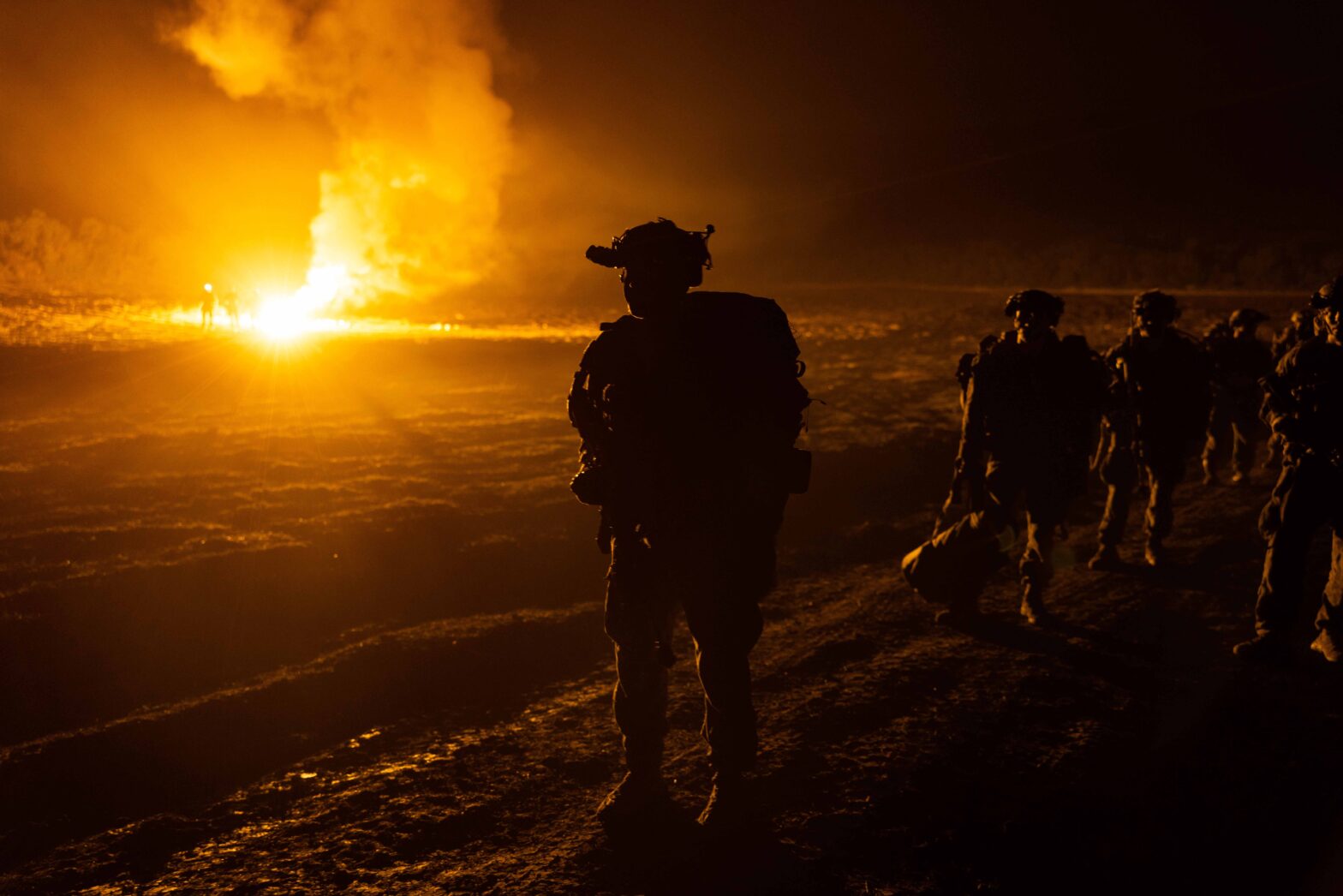I have written about the importance of recognizing the impact repeated low-level blast exposures can have on readiness and lethality, and how training the sensory systems for motor control is a vital piece of the performance puzzle.
Low-level blast exposures will continue to be a variable in future warfare. But I believe it is also important to consider other future weapon systems, and what symptoms and impairments may arise with exposure to these weapons.
An example I look to is that of diplomats who were exposed to suspected directed energy attacks.
These individuals presented with symptoms similar to concussions and peripheral vestibular dysfunction including nausea, dizziness, headache, imbalance, sleep disturbances, memory problems, difficulty concentrating, irritability, feeling more emotional, and sadness. [1]
I believe this emphasizes the importance of a multidisciplinary team of clinical providers knowledgeable and readily available to address these issues in warfighters. I also believe that performance professionals have an important role to play as well- needing the skills to take them from cleared for duty to ready to perform in the areas of motor control, cognition, and emotional fitness.
I often see individuals debate what makes a tactical athlete different from a sport athlete. I see a lot of insightful takes on this, but I rarely (ok never) see conversations about the incredible demands on the sensory systems for motor control and situational awareness.
Given no sport athlete performs in as unpredictable and extreme conditions as a tactical athlete, and tactical athletes are frequently exposed to weapon systems that impair this capability, I think it should be a part of the conversation.
The future of warfare will continue to include weapon systems that impact this vital warfighter capability. We need to prepare human performance and clinical professionals to be ready for this, so we can give every nanosecond of an edge possible to our warfighters.
References:
- Swanson, Randel L., Stephen Hampton, Judith Green-McKenzie, Ramon Diaz-Arrastia, M. Sean Grady, Ragini Verma, Rosette Biester, Diana Duda, Ronald L. Wolf, and Douglas H. Smith. “Neurological manifestations among US government personnel reporting directional audible and sensory phenomena in Havana, Cuba.” Jama 319, no. 11 (2018): 1125-1133.
